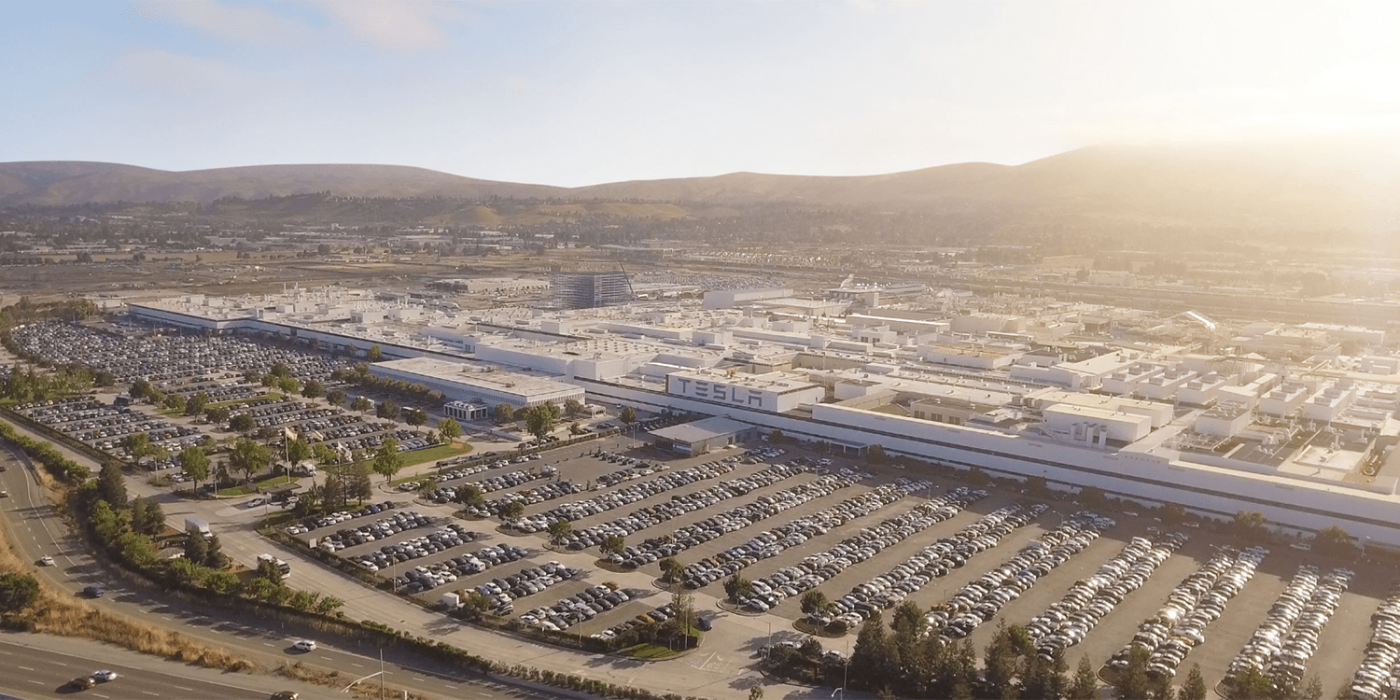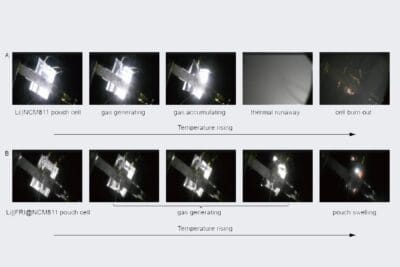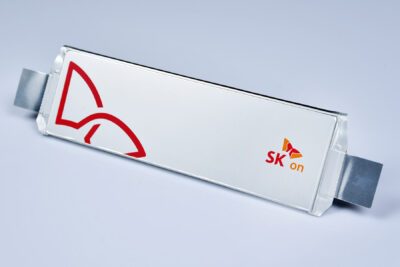Tesla expands production facility for Roadrunner project
More details about Tesla’s largely secret Roadrunner project to produce its battery cells have become apparent through a document now published by the city of Fremont. Tesla has applied for permission to build a second floor in its battery production plant Tera.
According to the application filed by Tesla, the building expansion and the installation of all production equipment could be completed in about three months. The plant would then employ a total of 470 people.
In typical Tesla style, things are planned for a fast and furious pace. The battery production lines should be running 24/7 once the building extension has been finished and equipped. Around 400 of the employees are supposed to work in shifts so that at any point of every day, 100 employees will be working on manufacturing lines in the production facilities.
Tesla’s Environmental Checklist Study submitted to the City of Fremont states: “To accommodate new battery manufacturing equipment and R&D space (known as ROADRUNNER), the Project proposes to construct an additional floor area of approximately 21,485 square feet at the second floor (covering a portion of the central space that is open to the second-floor roof) and to add an additional, smaller approximately 8,260 square-foot third floor above,” the proposal states. “These improvements will increase the total floor space of the existing Kato building by approximately 29,745 square feet (to a total of 156,057 square feet), but will not change the footprint of the building or its exterior facades.”
Earlier this week, Elon Musk tweeted that the much-anticipated Battery Day has a new date after being postponed due to Covid-19 restrictions. Provided there are no additional restrictions in the meantime, Battery Day will be held on 15 September in Fremont. Musk said that this would include a tour of the battery cell production facility.
Tesla already operates a small production facility for battery cells in the building, a kind of pilot production facility for testing and adjusting production equipment. It is not clear which and how many cells Tesla could produce in Fremont. Electrek speculates on a five to six-digit kWh range. The only clue lies in Tesla’s estimated power consumption which is planned to increase by a factor of 4.6 of the previous 20,000 MWh/year.
In the submission, Tesla writes: “Under the proposed Project, operational electrical consumption is projected to increase to nearly 92,800 MWh/yr, or an increase of approximately 72,800MWhr/yr. The existing electrical demands of the Tera battery manufacturing operations and R&D functions within both buildings will continue. The increased electrical consumption is attributable to the electrical energy demands of the new technology battery manufacturing equipment (Roadrunner). This equipment is assumed to operate 24 hours per day, for 365 days per week.”
What is still unclear is whether Tesla will work with a partner for the mass production of batteries, and if so, who that will be. Tesla is cooperating with Panasonic in the Gigafactory 1 in Nevada with consistent profits over the last three years, the Japanese company is building round cells for Model 3 and Model Y, while imported Panasonic cells are used in Model S and Model X. Tesla relies on battery cells from LG Chem and CATL for the Model 3 from Gigafactory 3 near Shanghai.





0 Comments